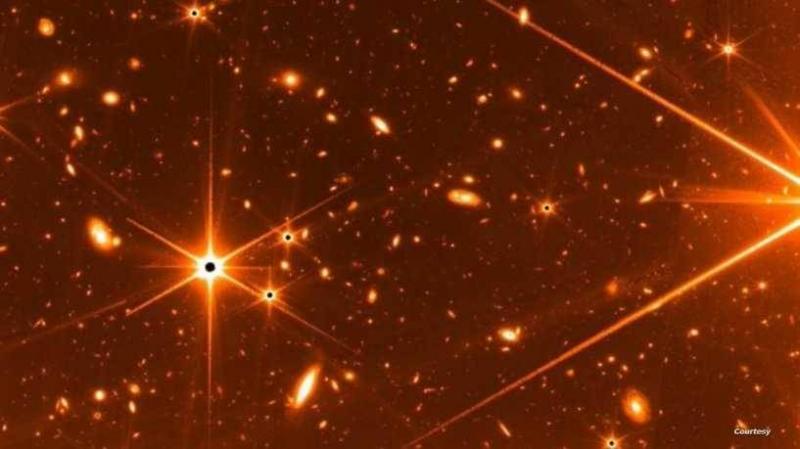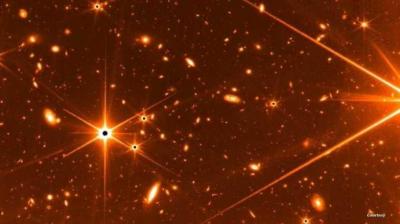Just days before the release of the first high-resolution color images captured by the James Webb Space Telescope, the U.S. space agency (NASA) unveiled a striking experimental image that showcases the depths of the universe. This image, resulting from 72 exposures over 32 hours, was captured using the telescope's precise pointing mechanism, allowing the advanced spacecraft to aim at and focus on interesting objects. The U.S. space agency stated in a release, "This is one of the deepest images of the universe ever taken." According to NASA, the image offers a “stunning glimpse” of what the scientific community and thousands of enthusiasts have eagerly anticipated: the first high-resolution color image captured by the James Webb telescope, set to be released on July 12.
NASA Administrator Bill Nelson revealed during a press conference at the Space Telescope Science Institute, the operational center for this crucial $10 billion engineering tool, that the telescope is exploring locations "farther than any point humanity has been able to look before." Launched in December, the James Webb Telescope is currently about 1.5 million kilometers from Earth. The "James Webb" has the ability to observe points in the universe farther than any previous telescope, thanks to its massive primary mirror and instruments that receive infrared signals, allowing it to peer through clouds of dust. The "James Webb" is expected to specifically enable the observation of the first galaxies formed only a few hundred million years after the Big Bang, and exoplanets.
NASA announced in a tweet that the countdown has begun for the "big reveal" of the first high-resolution color image captured by the James Webb telescope, which is set to be published on July 12. Spectroscopy is a tool for understanding the chemical and molecular composition of distant objects. In the case of a planet, it can help identify its atmosphere, detect the presence of water, or analyze its soil.




